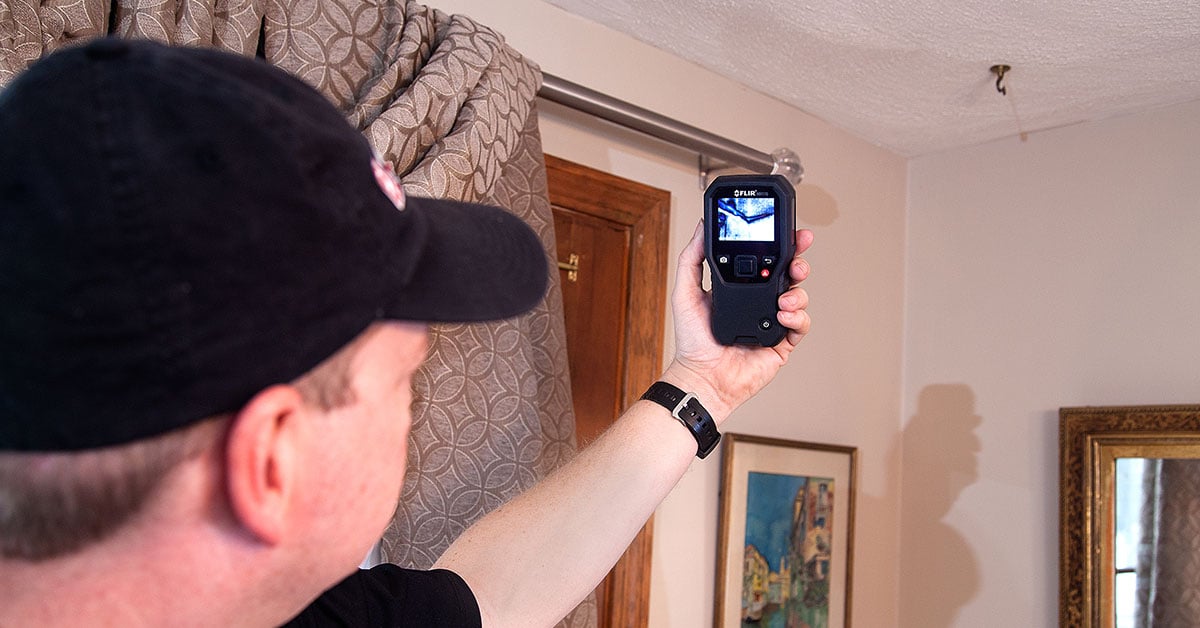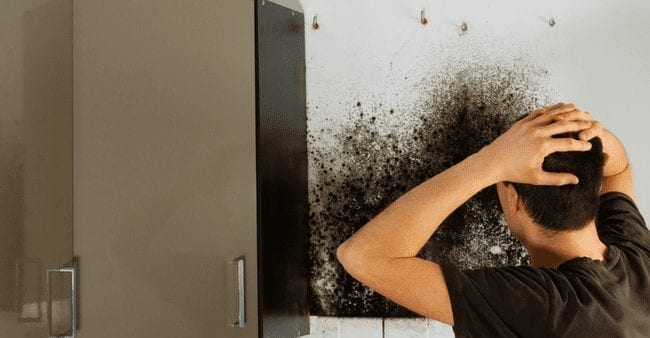How to Inspect If Your House Has a Concealed Leakage
How to Inspect If Your House Has a Concealed Leakage
Blog Article
Here in the next paragraph you might get a bunch of really good additional info all about Locating water leaks.

The moment you discover a leakage, calling your plumber for fixings is the very best option. Nonetheless, some small water leakages might not show up. Right here are some hacks that aid if you can not discover it with your naked eyes.
Early discovery of leaking water lines can alleviate a potential calamity. Aside from saving you cash, it will certainly reduce the aggravation and aggravation.
Inspect Water Usage
If you spot sudden changes, in spite of your intake being the very same, it suggests that you have leaks in your plumbing system. An abrupt spike in your bill suggests a fast-moving leak.
At the same time, a steady rise monthly, even with the very same behaviors, reveals you have a sluggish leak that's likewise slowly rising. Call a plumber to thoroughly check your property, specifically if you feel a warm area on your flooring with piping below.
Evaluate the situation and inspect
House owners should make it a behavior to check under the sink counters and also inside cabinets for any kind of bad odor or mold and mildew development. These two red flags suggest a leak so timely focus is called for. Doing routine assessments, even bi-annually, can conserve you from a major issue.
Check Out the Water Meter
Every home has a water meter. Examining it is a proven way that assists you uncover leaks. For starters, turn off all the water sources. Make sure no one will certainly flush, use the tap, shower, run the washing machine or dishwasher. From there, go to the meter as well as watch if it will certainly alter. Given that nobody is utilizing it, there should be no motions. That indicates a fast-moving leakage if it moves. If you spot no modifications, wait an hour or 2 and also check back again. This means you may have a sluggish leakage that could even be underground.
Asses Outside Lines
Don't fail to remember to inspect your outside water lines too. Ought to water permeate out of the link, you have a loosened rubber gasket. One small leak can squander loads of water and also increase your water bill.
Do a Food Coloring Test
When it involves water intake, 30% originates from toilets. Test to see if they are running appropriately. Drop specks of food shade in the storage tank and wait 10 minutes. There's a leakage in between the storage tank and dish if the shade in some way infiltrates your bowl during that time without flushing.
Examine for discolorations and also damaging as most pipelines and appliances have a life expectations. If you presume dripping water lines in your plumbing system, do not wait for it to intensify.
The minute you find a leakage, calling your plumber for repairs is the ideal service. Some small water leakages may not be visible. Examining it is a guaranteed means that helps you discover leakages. One small leakage can squander heaps of water as well as increase your water bill.
If you suspect dripping water lines in your plumbing system, don't wait for it to escalate.
WARNING SIGNS OF WATER LEAKAGE BEHIND THE WALL
PERSISTENT MUSTY ODORS
As water slowly drips from a leaky pipe inside the wall, flooring and sheetrock stay damp and develop an odor similar to wet cardboard. It generates a musty smell that can help you find hidden leaks.
MOLD IN UNUSUAL AREAS
Mold usually grows in wet areas like kitchens, baths and laundry rooms. If you spot the stuff on walls or baseboards in other rooms of the house, it’s a good indicator of undetected water leaks.
STAINS THAT GROW
When mold thrives around a leaky pipe, it sometimes takes hold on the inside surface of the affected wall. A growing stain on otherwise clean sheetrock is often your sign of a hidden plumbing problem.
PEELING OR BUBBLING WALLPAPER / PAINT
This clue is easy to miss in rooms that don’t get much use. When you see wallpaper separating along seams or paint bubbling or flaking off the wall, blame sheetrock that stays wet because of an undetected leak.
BUCKLED CEILINGS AND STAINED FLOORS
If ceilings or floors in bathrooms, kitchens or laundry areas develop structural problems, don’t rule out constant damp inside the walls. Wet sheetrock can affect adjacent framing, flooring and ceilings.
https://www.servicemasterbyzaba.com/blog/how-to-detect-water-leakage-in-walls/

Do you appreciate more info about Finding hidden leaks? Put a remark directly below. We will be interested to hear your opinions about this blog entry. We are looking forward that you come back again in the future. In case you enjoyed reading our blog post if you please don't forget to pass it around. Thank you so much for your time spent reading it.
Report this page